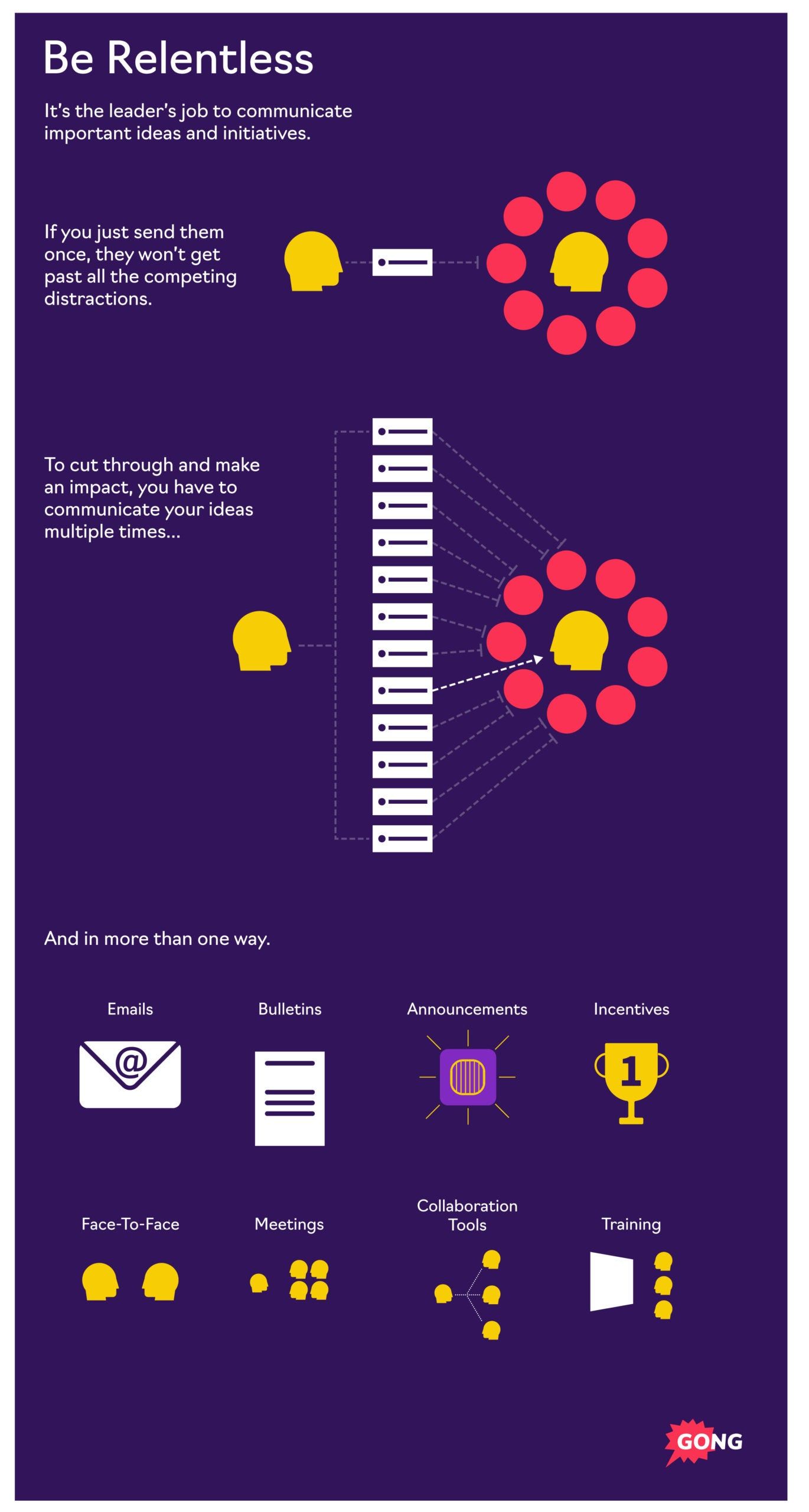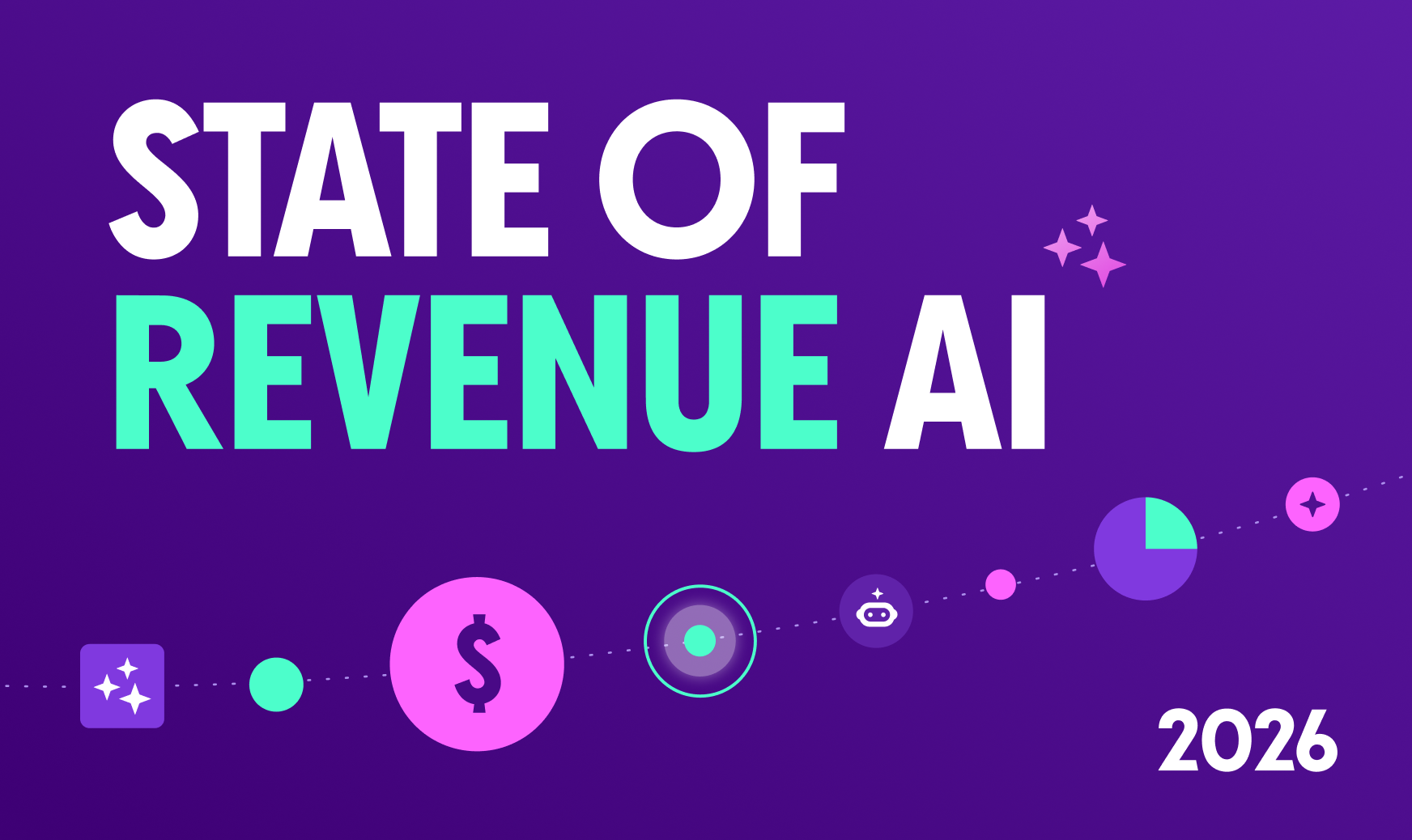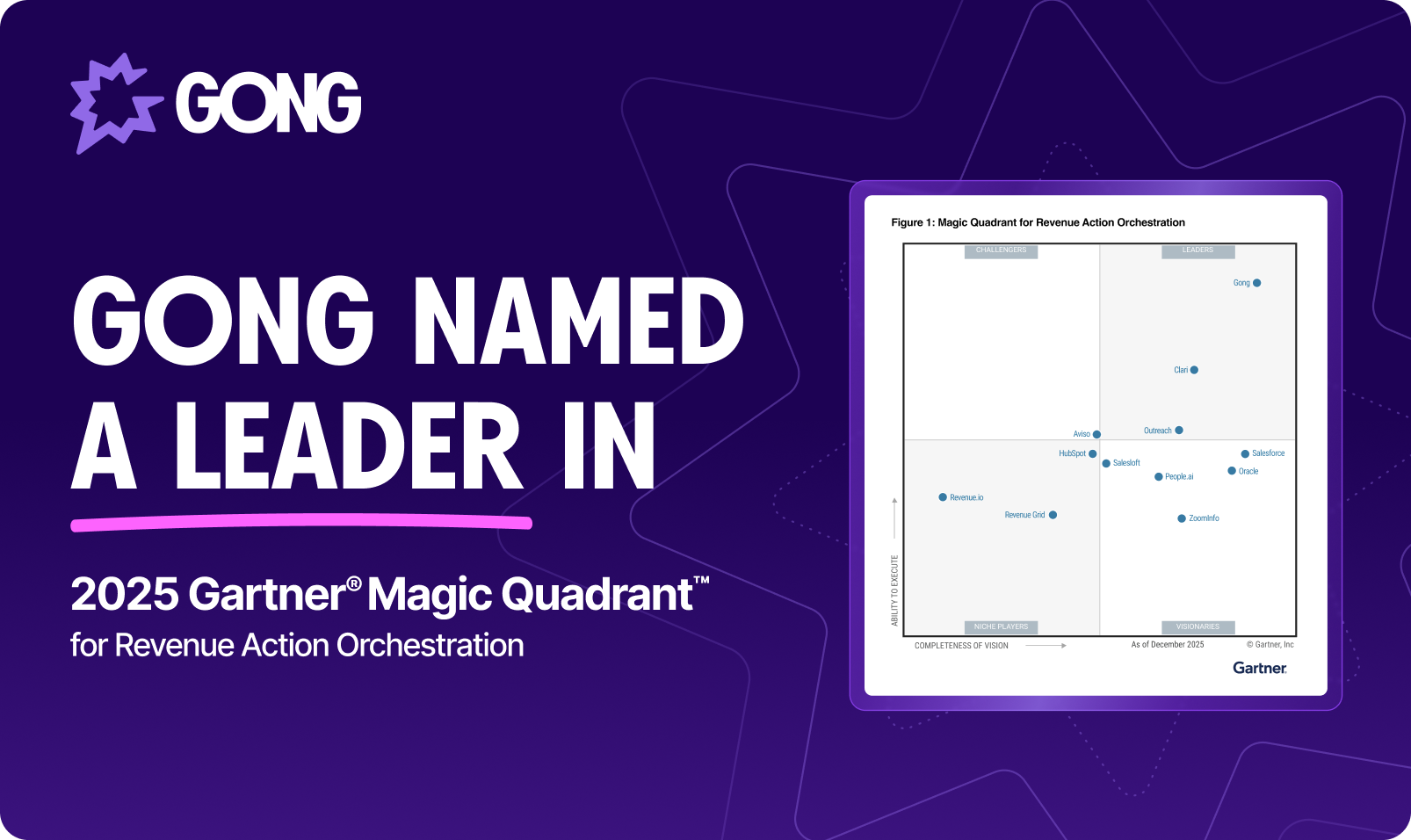Executive insights
Shep Maher: Relentless Servant Leadership

Sheena Badani
Content Author
Published on: November 18, 2019
How do you ensure your team is prepared for C-level conversations?
Why is relentless communication critical to driving behavior change?
What should you look for in your next sales hire?
On a recent episode of the Reveal podcast, we connected with Betterworks’
EVP of Global Sales, Shep Maher, for answers to these and other questions
that are top of mind for revenue leaders.
Here are the key takeaways and highlights from that episode.
Building a Sales Enablement Team
If somebody’s contributing a lot of value at the company, and you recognize that and appreciate that, and show the gratitude that it deserves, I think it creates a virtuous cycle.
Bill Cowher, the Pittsburgh Steelers coach for many years, was asked once what his coaching philosophy was. And he said, “My coaching philosophy is very simple. If there’s blame, I take it. And if there’s credit, I make sure it gets reflected on a member of my staff who deserves it.”
And if you have an awesome head of Sales Enablement, then they are changing your game, and changing your company. And if you can highlight that and make sure everybody’s aware of that contribution and provide that credit where credit belongs, it has a wonderful multiplier effect.
The Evolution of Sales
The key theme for me is that sales has gotten a lot more transparent. I think the days of the extraverted, slick, “Hey, how you doing?” Charlie Goodtimes sales guy—it’s gone. Because the amount of research and transparency that a smart buyer can get on your product, your company, you. It’s incredible, right? You can literally go onto different sites now and get reviews of salespeople.
So if you are thinking about making a quick buck, and not standing by your promises, and that sort of thing—people can find out. The research you can do on LinkedIn, the research you can do on platforms like G2 to read real buyer reviews, it’s amazing. So there’s a tremendous amount of power in the hands of the buyer.
As a seller you have to understand that, and you have to be prepared for that brave new world. So that for me is a key theme in how things have changed over the past eight to 10 years.
Nobody [in my first sales job] had ever explained to me that in selling, it’s important to understand how your customer gets value out of what you are selling. So I was just the classic “pound the phones, make your number through elbow grease.” And by dint of repetition, I was good enough. But it was a grind…
Communication is the Key
As a leader, you have to be a relentless communicator. And the concept of, “Hey, I sent an email out to my team once, and so they should get the memo that this is how we approach pricing…”
Shame on you if you’re doing that.
There’s studies done that show how people learn and typically, I think they say you have to communicate things eight or nine times before it actually sinks in to an audience.
Salespeople are interesting. We’re usually multitasking, right? A lot of us have ADD. A lot of us are hyper and bouncing around. So for me, the magic number is 12. You actually have to communicate things 12 times in a variety of different ways—in person, during a team meeting, over Slack, by email, post it up on the wall in the bathroom. Whatever those methods are, if you want to get a message across to salespeople, I believe you have to communicate it 12 times before you can say as a leader, “I’ve done my job in communicating.”
The other thing that happens in sales is—there’s turnover, right? So the concept of, “Hey, we communicated this at the SKO.” Well, you hired 12 more reps, and three left. So, how many people were actually at the SKO? You have to constantly be thinking about that.
For me, that’s why the word “relentless” with communication is so important.

C-Level Communication
It’s making sure that they’re armed with the right messaging that will resonate with a C-level exec. That they’re armed with the right techniques and tools and support from groups like Marketing, to ensure that the messages are being delivered to that C-level. And then that you have the right people who can actually carry a conversation at a C-level.
And by the way, that doesn’t mean they have to have gray hair or 20 years of experience. But you have to have a really high degree of intellectual curiosity, a high degree of confidence. And they have to have a process and a framework to give them that foundation of how to behave when they’re in that C-level engagement.

Data Breakout—Engaging the C-Level Decision Maker
Shep mentioned that including multi-threading is critical for his deal success. Which reflects a two-pronged approach—engaging the C-level decision makers andallthe influencers in the decision-making committee.
Multi-threading is a must in today’s buyer-seller dynamic. An analysis by Harvard Business Review found that the number of influencers in the decision-making process is now 6.8 compared to 5.4 just two years ago. This shows that modern decision-making is more collaborative and involves more stakeholders across functions. Are you talking to all of the relevant stakeholders required to close your deal?
Our Gong Labs data confirms this approach, finding that the common denominator for unsuccessful deals is they don’t engage enough influencers. Unsuccessful deals directly engage with only two or fewer points of contact in meetings, and fewer than four points of contact via email.
Qualities to Look For
For me, a really critical element to interview for is that concept of intellectual curiosity. Another word that I think you can use somewhat interchangeably with intellectual curiosity is a growth mindset.
Somebody who comes in not thinking, “Hey, here are all the things I’ve accomplished, and here are all the things I know,” but someone who gets fired up and energized about the things they don’t know. And someone who gets fired up and energized about being outside their comfort zone.
Look for patterns that are observable on a resume that don’t necessarily add up to “this person has 20 years of sales experience.”
One of the things that you see again and again is…the reason [high performers] stay at an organization is they feel like they’re being challenged.
Data-Driven Insights
One of the things we realized after the last QBR was that probably 80% or 90% of what we call a Q call, a qualification call, was actually being joined by an account executive.
And if you think about it from a data standpoint, if you have 20 account executives, and they’re joining 80% or 90% of those Q calls, and let’s just say for fun they’re averaging eight Q calls a month…you’re looking at 160 hours of enterprise account executive time per month that you’re flushing down the drain.
Or, if you could get your SDRs to a point where they could do that Q call well, then you could have 160 hours back. That’s basically a full enterprise rep’s worth of time.
I’m very well qualified to be on a podcast like this, because I’ve made shitloads of mistakes over the course of my career. So if there’s a lesson, I’ve learned it usually the wrong way. You know, by doing it wrong.

The Meaning of Sales Leadership
For me, it’s serve. I’m a servant leader. That means, when I think of the org chart, it’s inverted. I’m at the bottom. And I’m here to support all of you. I’m here to remove obstacles. I’m here to cut through the bullshit so that you can maximize the time that you spend selling. I’m here to empower you.
So I’m working for you, but I’m also a pretty valuable resource, and so that comes with a price tag. And that price tag is accountability. That price tag is effort. That price tag is that you care as deeply for your teammate or that new SDR who’s struggling as I care for you.
And if you are up for that, we’re going to get along really well. And we’re going to help each other rise to new heights.
If you’re not, then get the fuck off the bus.
The SDR team to me is the heart, or stomach, of the sales team. If they’re high morale and high energy, the whole company can feel it. And if the opposite is true, the whole company can feel it. So it’s critical to have that section of your team running right.
Subscribe to Reveal: The Revenue Intelligence Podcast
Every week, we interview senior revenue professionals who their insights on how they leverage revenue intelligence to drive success and win their market.
You’ll hear how modern go-to-market teams win, close revenue with critical deal insight, and execute their strategic initiatives—plus all the challenges that come along with it.
Listen now at gong.io/podcasts.

Content Author
Sheena Badani is the Founder of Parint, and an accomplished marketing executive who served as the Head of Product Marketing at Gong. Prior to her leadership at Gong, she held key roles in several major tech companies, including positions at Element and LinkedIn. Her career spans a range of strategic roles focused on growth marketing, product positioning, and brand storytelling. At Gong, she was instrumental in launching the revenue intelligence category, transforming how sales teams use AI-driven insights to optimize performance. She also co-hosted Gong’s "Reveal" podcast, featuring thought leaders across revenue operations.
Discover more from Gong
Check out the latest product information, executive insights, and selling tips and tricks, all on the Gong blog.



